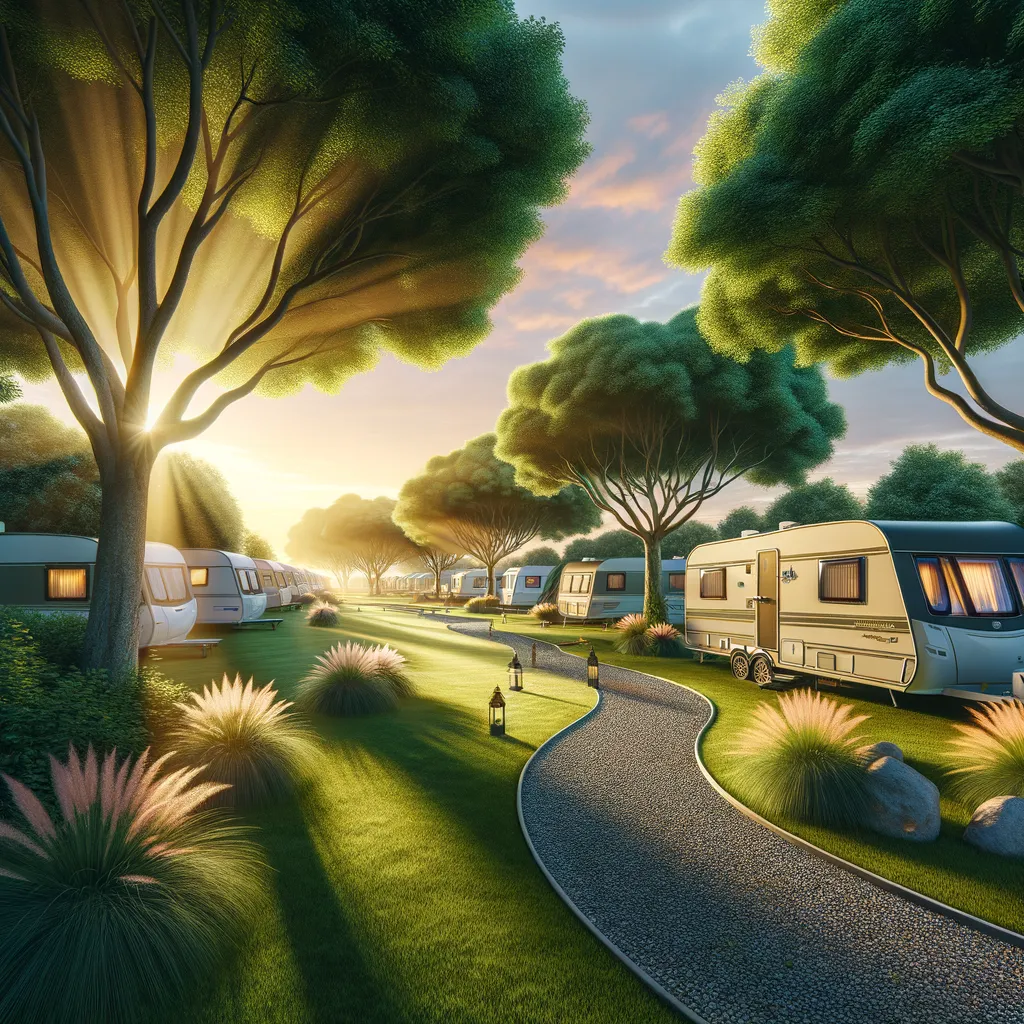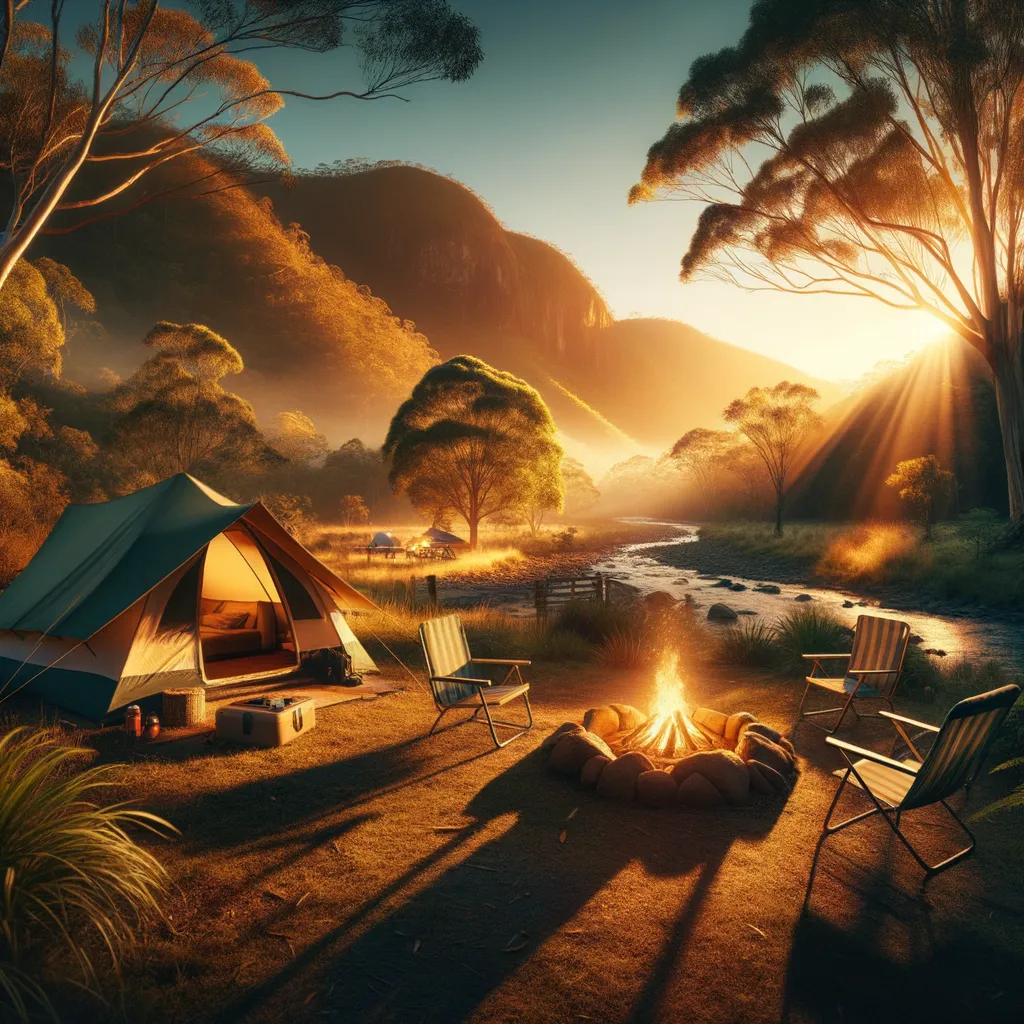The Enchanting History of Outdoor Theaters and Their Modern Revival
Welcome to our journey through the captivating world of outdoor theaters, a place where art, history, and nature intertwine under the starry sky. From their ancient origins to their exciting resurgence in recent times, outdoor theaters have always been a unique venue for storytelling and community. Whether you’re a culture enthusiast, a history buff, or simply looking for a fun family outing, understanding the evolution of these magical spaces will surely enhance your appreciation for them. And remember, if your adventures also lead you to explore the great outdoors beyond the theater, checking out Camping essentials and the Great read on camping can make your explorations all the more rewarding.
The Ancient Roots of Outdoor Theaters
The story of outdoor theaters begins in the ancient world, where the Greeks laid the foundations of drama as we know it today. The first known outdoor theater, the Theatre of Dionysus in Athens, emerged in the 6th century BCE. Here, playwrights like Aeschylus, Sophocles, and Euripides presented their tragedies and comedies, exploring themes of life, love, and the divine. These performances were not mere entertainment; they were a vital part of civic life and religious festivals, drawing audiences from across the Greek world.
The Roman Expansion
As the Romans adopted and adapted Greek theater, they expanded the concept and architecture of outdoor theaters, spreading them across their empire. The Roman theatres, larger and more varied in design than their Greek predecessors, accommodated a broader spectrum of entertainment, including plays, musical performances, and gladiatorial contests. Notable examples like the Theatre of Pompey in Rome set the stage for the proliferation of outdoor theaters in Europe and beyond.
The Middle Ages to the Renaissance: A Dormant Stage Awakens
With the fall of the Roman Empire, Europe entered a period where theatrical performances retreated indoors or became a part of traveling troupes, moving away from the grandeur of permanent outdoor theaters. However, the Renaissance rekindled interest in the arts and theater, leading to the sporadic resurgence of outdoor performances, notably in Italy’s scenic courts and England’s Elizabethan stages, including the famous Globe Theatre where Shakespeare’s plays were performed.
The 20th Century: A Revival Begins
The 20th century saw a significant revival of interest in outdoor theater, both in its traditional form and in new, innovative expressions. The United States became a fertile ground for this resurgence, with the establishment of numerous outdoor amphitheaters that hosted a wide range of performances from Shakespearean plays to modern musical concerts. This period marked a renewed appreciation for the blend of natural beauty and artistic expression, leading to the proliferation of outdoor theaters across the country and around the world.
This revival was not just about building new spaces but also about reimagining what outdoor theater could be. Innovators and artists experimented with locations, staging, and technology to create unique and immersive experiences. From performances in national parks to plays set on urban rooftops, the possibilities seemed endless, inviting audiences to experience theatre in settings as dynamic and varied as the performances themselves.
As we move further into the 21st century, the love for outdoor theaters continues to grow. The allure of watching a performance under the open sky, with the backdrop of natural or urban landscapes, brings a unique and unforgettable dimension to the theatrical experience. This resurgence is also a testament to the enduring power of storytelling and communal experience, reminding us that, regardless of the era, the blend of nature and narrative has a timeless appeal.
But the history of outdoor theaters is not just an academic interest; it’s a living tradition that you can be part of. Across the world, from ancient amphitheaters that have stood the test of time to modern outdoor stages that push the boundaries of design and technology, there’s a vast and diverse world of outdoor theater waiting to be explored. Whether you’re enjoying a classic play in an ancient Greek amphitheater, a musical performance in a contemporary setting, or an experimental piece in a makeshift outdoor venue, you’re participating in a rich and vibrant cultural legacy.
In the next sections, we will delve deeper into the specific histories, the architectural marvels, and the cultural significance of outdoor theaters across different eras and geographies. Stay tuned as we continue to explore the enchanting world of outdoor theaters and their significance in bringing communities together, fostering innovation, and celebrating the human spirit through the arts.
Discover the Charm: Outdoor Theaters Then and Now
Embark on a delightful exploration into the captivating history and vibrant resurgence of outdoor theaters, a realm where the drama of humanity unfolds beneath the vast expanse of the sky. This guide beckons parents, culture aficionados, and history enthusiasts alike to dive into the enchanting narrative of outdoor theaters. From their ancient inception to the modern-day renaissance, these spaces offer more than just entertainment; they are a testament to the enduring allure of shared stories in the beauty of the natural or urban outdoors. As you plan your next family adventure, consider integrating the magic of an outdoor theater experience, and don’t forget to equip yourself for the journey with essential tips found on Camping or dive into the rich insights offered by the Great read on camping.
5 Essential Tips for Parents: Embracing the Outdoor Theater Experience with Your Family
As you set off to explore the rich tapestry of outdoor theater with your family, here are five invaluable tips to ensure a memorable and smooth experience:
- Research the Venue and Show: Not all outdoor theaters may be suitable for children of all ages. Take time to understand the nature of the performance and the amenities available at the venue. This will help you gauge if the show is appropriate for your family and what you might need to bring along.
- Prepare for the Weather: The charm of outdoor theaters lies in their open-air setting, making them subject to the whims of weather. Check the forecast and come prepared with sunscreen for daytime shows or blankets and warm clothing for cooler evening performances.
- Bring Comfortable Seating Arrangements: Depending on the venue, seating options might range from benches without backs to open lawns where you sit on the ground. Consider bringing your own low-back chairs, cushions, or blankets to enhance your comfort during the show.
- Pack a Picnic: Many outdoor theaters allow you to bring your own food and drinks, creating an opportunity for a delightful family picnic under the stars. Pack a variety of easy-to-eat snacks and hydrating beverages to keep everyone satisfied and focused on the performance.
- Arrive Early: Getting to the venue early can allow your family to find the best seats, explore the surroundings, and settle in without rushing. It’s also a great time to discuss the historical and cultural context of the performance, enriching your children’s experience.
The journey through the history and ongoing allure of outdoor theaters enlightens us not just about the transformation of performance spaces but also highlights the timeless nature of storytelling and communal experience. As we venture through varied landscapes, from ancient amphitheaters to innovative modern venues, we are reminded of the creativity and resilience of human expression. The open-air setting unites audiences with performers in a shared experience that transcends time, making the revival of outdoor theaters a significant cultural phenomenon of our era.
Today, as we witness the renaissance of these magical venues, we are invited to become part of a living tradition. Existing beyond mere historical interest, outdoor theaters offer a bridge to past traditions, an embrace of present innovations, and a vision for future communal storytelling. So, grab your picnic basket, a cozy blanket, and let the magic of the play begin. Embrace the opportunity to experience theater in its most elemental form, under the sky, inviting a unique connection with the performance, the environment, and each other, establishing memories that will last a lifetime for you and your children.
In the vast and diverse world of outdoor theater, every visit is an adventure, every performance a journey. From the ancient stone tiers echoing with the tragedies and comedies of Greece to the modern pop-ups bringing innovative art to unexpected places, the spirit of outdoor theater endures. It evolves, inviting us to gather, to watch, to listen, and to connect. As we explore these spaces, we partake in a legacy of storytelling that reinforces our collective humanity, reminding us of the joy, the sorrow, and the wonder that life, mirrored in art, can bring.
As families, as communities, we come together in these open spaces to celebrate the enduring art of theater, reveling in its power to unite, inspire, and entertain. The revival of outdoor theaters not only honors their rich history but also signals a vibrant future for performing arts, one where every generation can find meaning, enjoyment, and a sense of belonging. The enchanting world
Disclaimer
The articles available via our website provide general information only and we strongly urge readers to exercise caution and conduct their own thorough research and fact-checking. The information presented should not be taken as absolute truth, and, to the maximum extent permitted by law, we will not be held liable for any inaccuracies or errors in the content. It is essential for individuals to independently verify and validate the information before making any decisions or taking any actions based on the articles.





